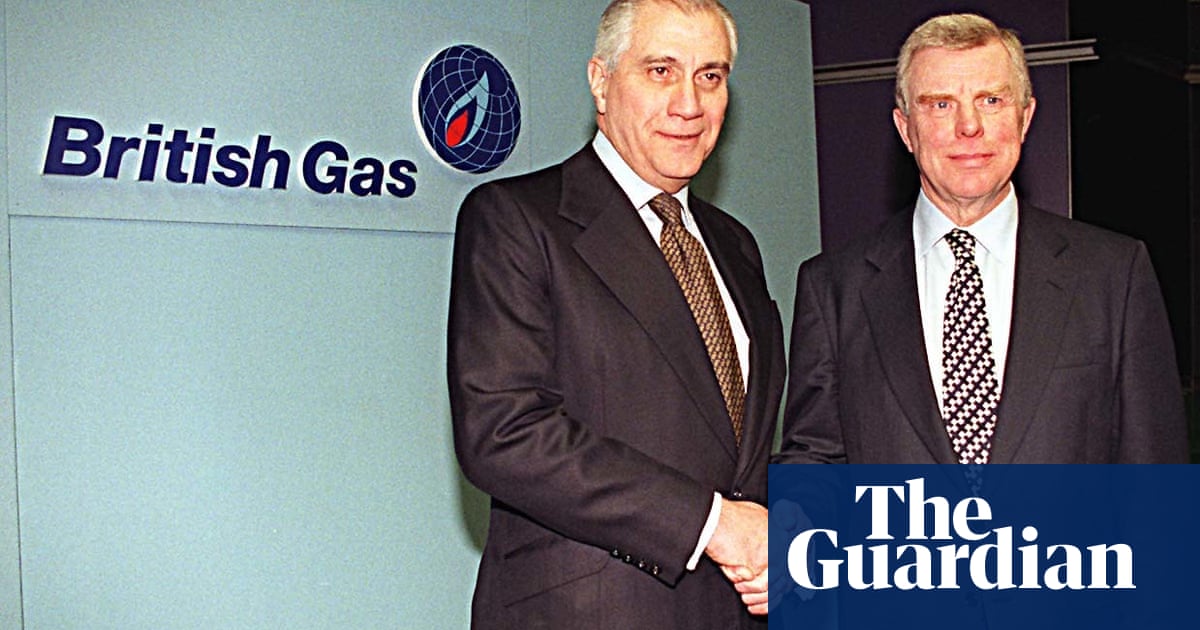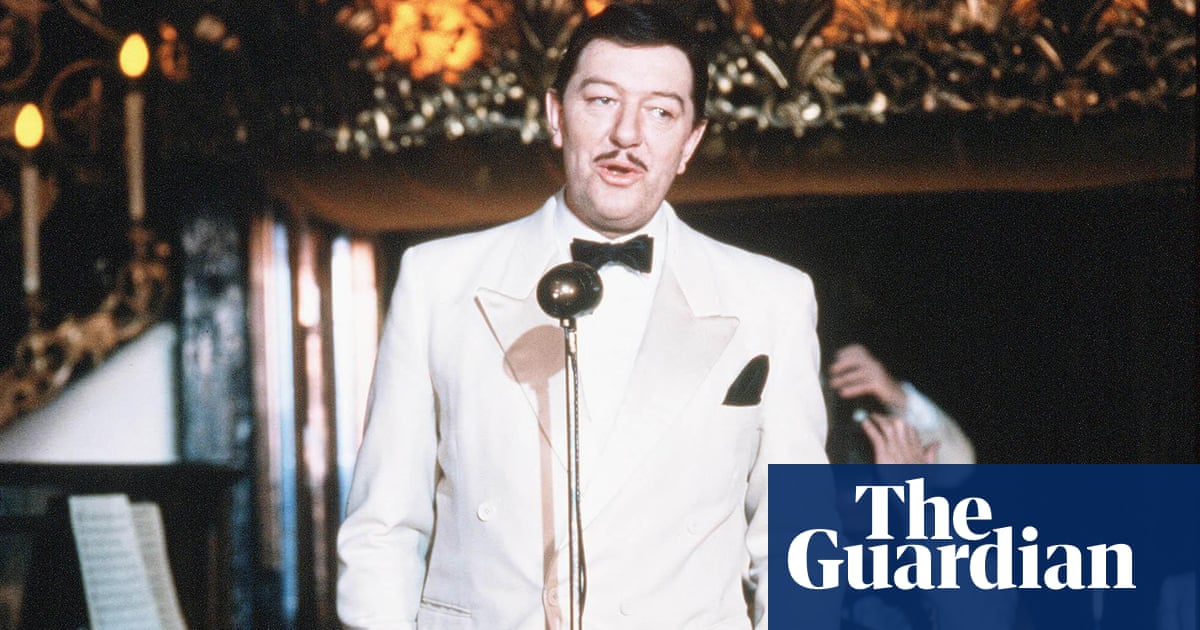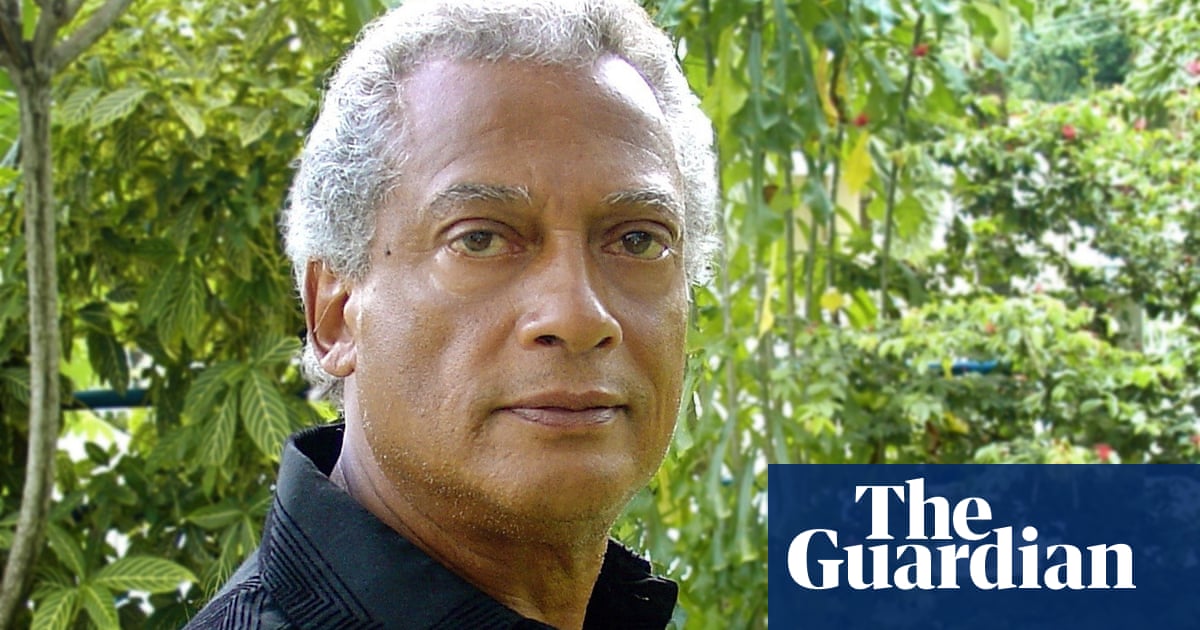
The electrical engineer Eric Ash, who has died aged 93, made major contributions to controlling and manipulating electrical, optical and acoustic waves for signal processing and imaging applications. Already established as a leading figure in this field when he arrived at University College London in 1963, he undertook research that proved invaluable in televisions, mobile phones, satellite communications and imaging systems.
His particular interest lay in surface acoustic waves (SAW) – sound waves that travel on the surface of crystals, discovered by Lord Rayleigh in the 19th century. Compared to microwaves, which have similar frequencies, surface acoustic waves have very small wavelengths, and so practical devices using them can be made very compact.
As Ash put it, surface waves “hug the surface”, and so can be influenced by cleverly designed patterns of electrodes. Electrical signals can be transformed into sound waves and back again, achieving clever signal shaping and manipulation on the way.
For electrical engineers, one of the most basic building blocks is the filter, extracting a useful signal from the background noise found in any system. With great ingenuity, Ash found that acoustic waves could be manipulated using readily available materials and conventional manufacturing processes to allow a set of exact frequencies to pass, initially for improvements in military radar systems.
Ash was mildly amused but proud of the fact that the SAW devices he pioneered ended up in the receiver of practically every television on the planet, and continued to play a huge role in modern electronics. Their use extends beyond radar to mobile phones – there are at least two of them in every mobile now – garage-door openers and indeed anywhere where a precise set of frequencies must be defined, performing functions that are almost impossible to replicate in conventional electronics, on a tiny footprint compatible with integrated chip technology.
Ash also examined the fundamental properties of imaging systems and ways of designing them, using all types of waves. His paper on the Super-resolution Aperture Scanning Microscope (Nature, 1972) marked the first experimental demonstration, with electromagnetic waves, of subwavelength resolution imaging – the ability to image objects smaller than the wavelength. This led to the imaging of the tiniest of objects, much smaller than the wavelength of light.
Ash’s group at UCL was the first in the UK to explore the potential of acoustic microscopes, using ultra high frequency sound to probe the internal features of solid materials, so enabling the non-destructive internal testing of structures and components. Acoustic microscopy has a vast array of applications in subsurface imaging; inside solid, opaque structures; within cells and other biological matter; in testing electronic components; and even in the non-invasive analysis of paint layers in paintings and other art and culture heritage objects. In 1986 this work brought him the Royal Society’s Royal medal.
At UCL he developed one of the world’s leading electronic engineering departments, becoming professor in 1967 and its head in 1980. He was kind and encouraging to many generations of students, and paid particular attention to the difficulties many women faced in making progress in the predominantly male world of engineering. He remained primarily a hands-on research scientist and industry consultant until he went as rector (1985-93) to what is now Imperial College London. In modernising and redefining the institution he oversaw the merger of St Mary’s Hospital Medical School with it, raised the number of female students and insisted that all communication was carried out by email. At informal breakfasts he made scrambled eggs for professors and students, and interrogated them over the progress of their research, demonstrating a rigour tempered by a mischievous sense of humour.
Asked in one interview to set out the top qualities required to be successful, Ash listed curiosity and focus. The third attribute was, he said, “a cussedness and grim determination. Because it isn’t always fun, and one can be working for a long time on something, and then find out that it’s no use.”
Born Ulrich Asch in Berlin, he was the younger child of Dorothea (nee Schwarz) and Walter Asch, a German-Jewish lawyer. In 1938 the family fled to London to escape the Nazis, and, now known as Eric, he went from University College school, north London, to Imperial, where he gained a BSc (1948) and a PhD in electrical engineering (1952), under the Nobel laureate Dennis Gabor. At Stanford University, California, he was able to escape rationing: it felt like “being transferred into heaven”. There he met Clare Babb, a drama student waitressing to pay her way through graduate school, and they married in 1954. The couple moved to Britain, and Ash went to what was then Queen Mary College, London, followed by Standard Telecommunication Laboratories (1955–63) in Harlow, Essex, and UCL.
He chaired the BBC’s science advisory committee, acted as a trustee of both the Royal Institution and the Science Museum, and served as a member of the Advisory Council of the Campaign for Science and Engineering. Elected a fellow of the Royal Society (1977), and later its treasurer and vice-president (1997-2002), he was knighted (1990) and made emeritus professor of UCL (1993).
Ash became known for cycling around London, and was still using two wheels in his 90s. Passionate about the environment, in 2002 he led a Royal Society report on economic instruments to help reduce carbon emissions and was one of the first to argue for a carbon tax. In a Wolfson lecture in 2014, he insisted that science could still produce effective solutions to tackle the climate emergency.
He enjoyed skiing, tennis and playing the violin. A global citizen at heart, he welcomed visiting academics and friends for dinner to the family home in Islington, north London.
He is survived by Clare, their five daughters and 11 grandchildren.
Eric Albert Ash, electrical engineer, born 31 January 1928; died 22 August 2021












